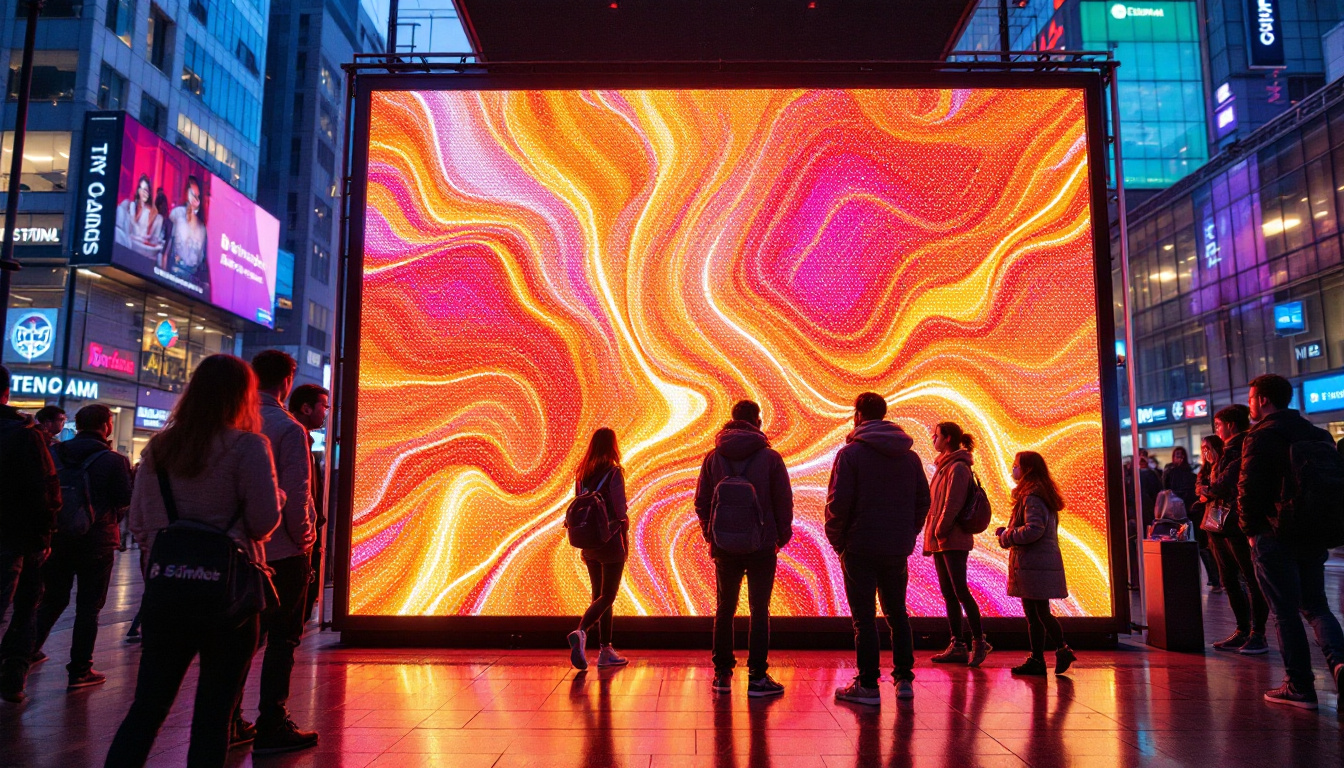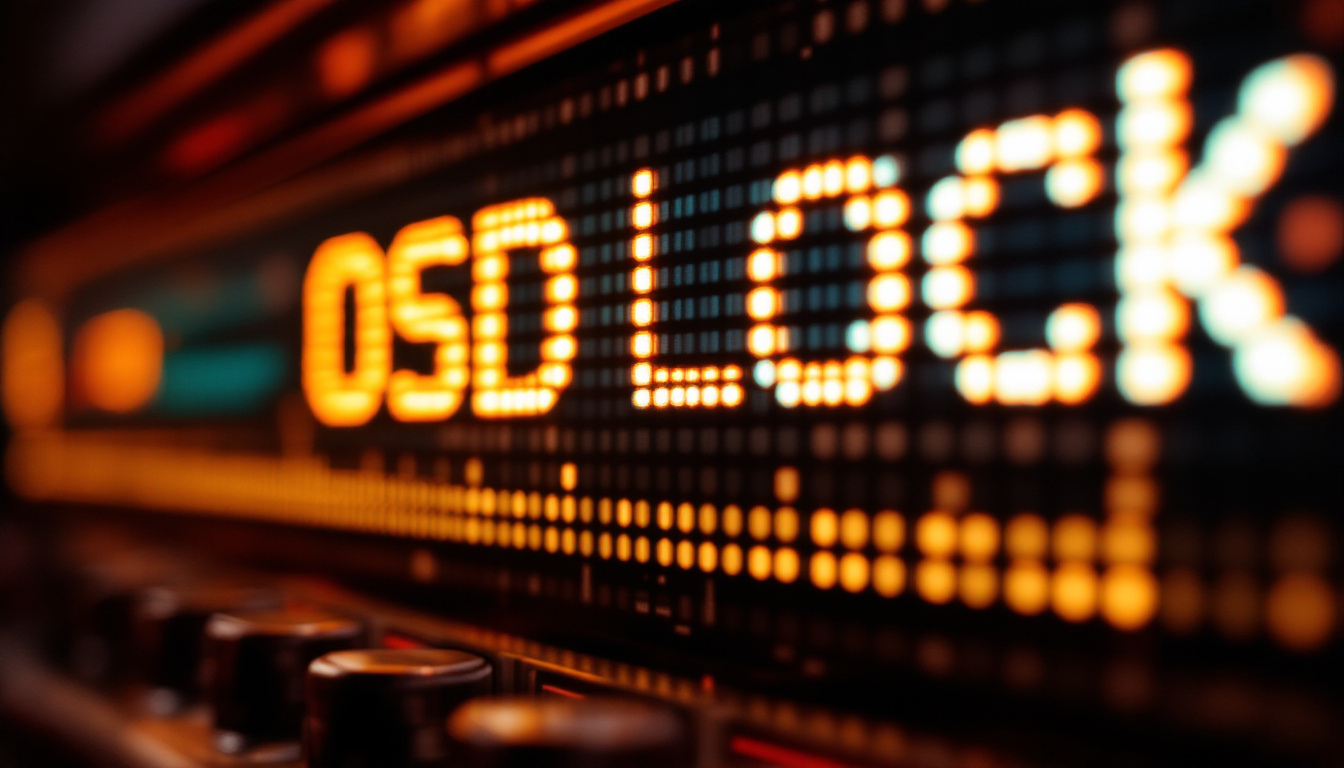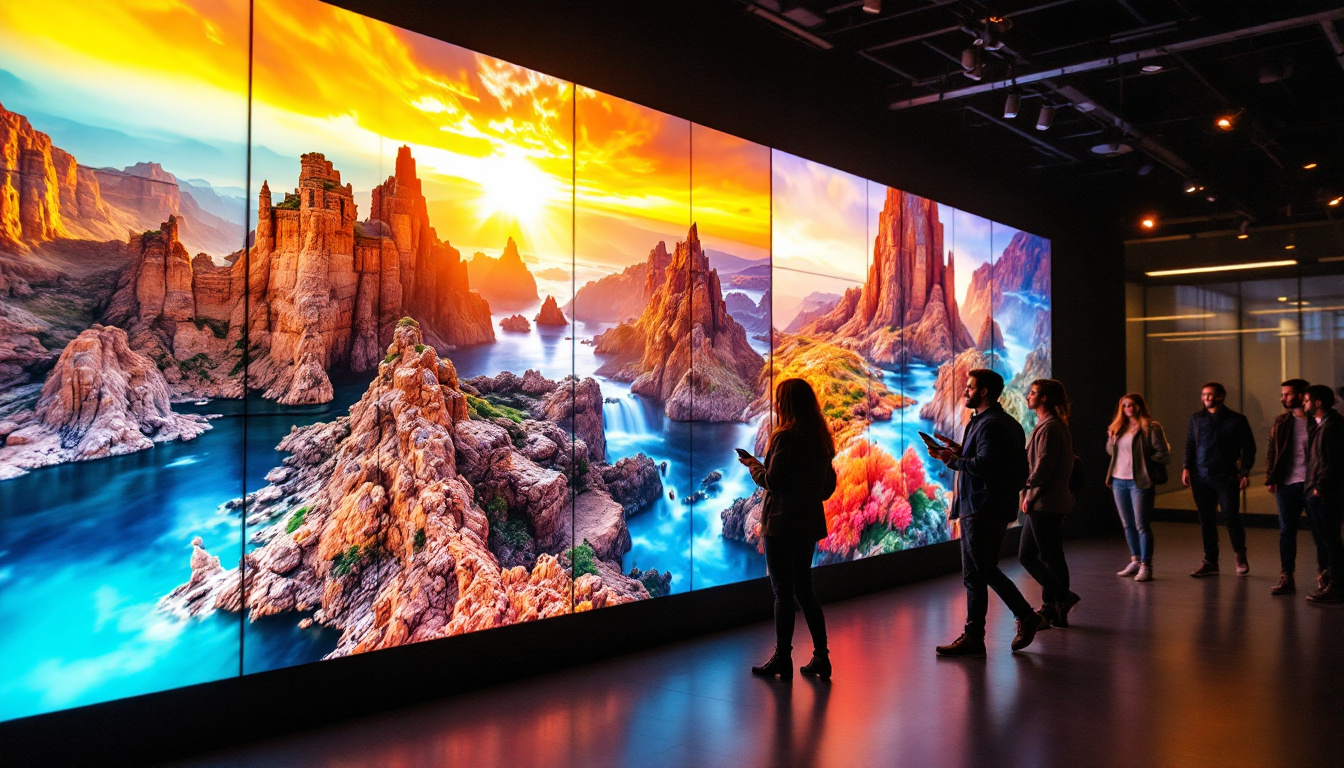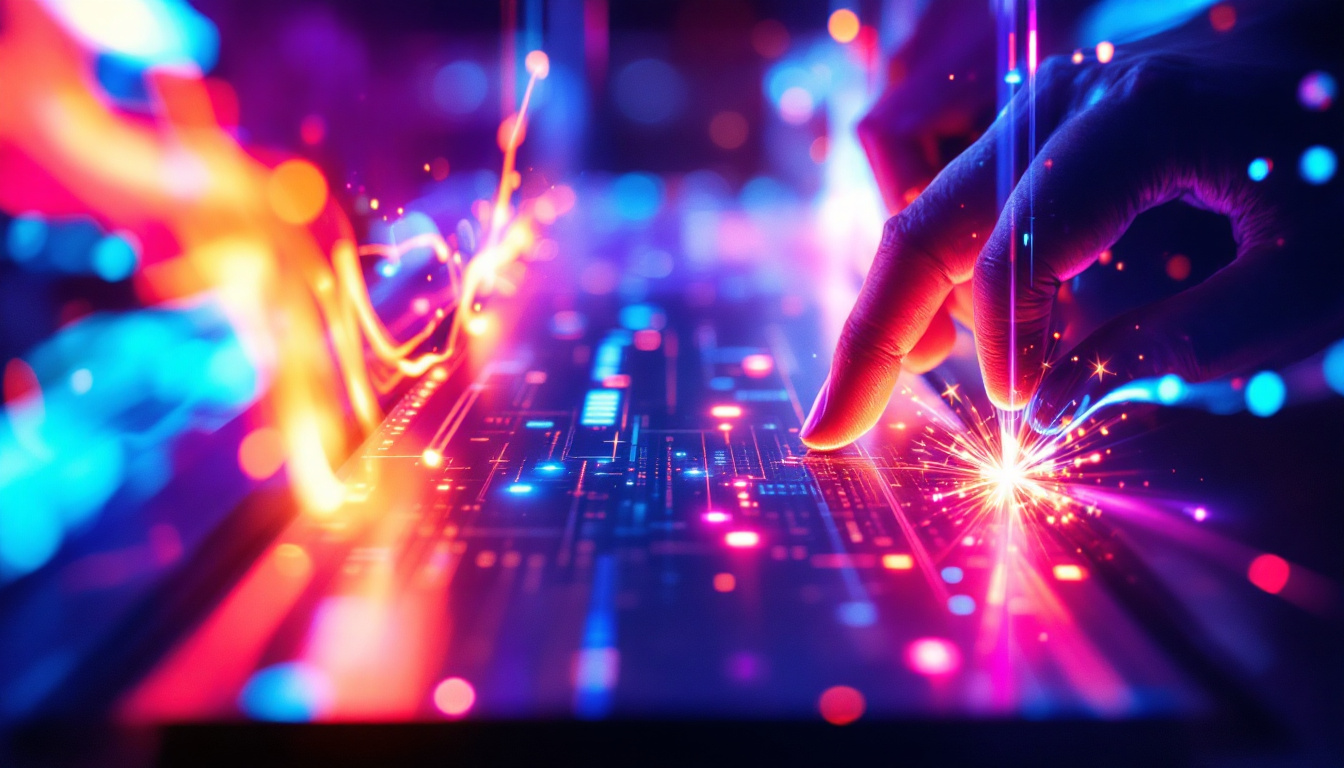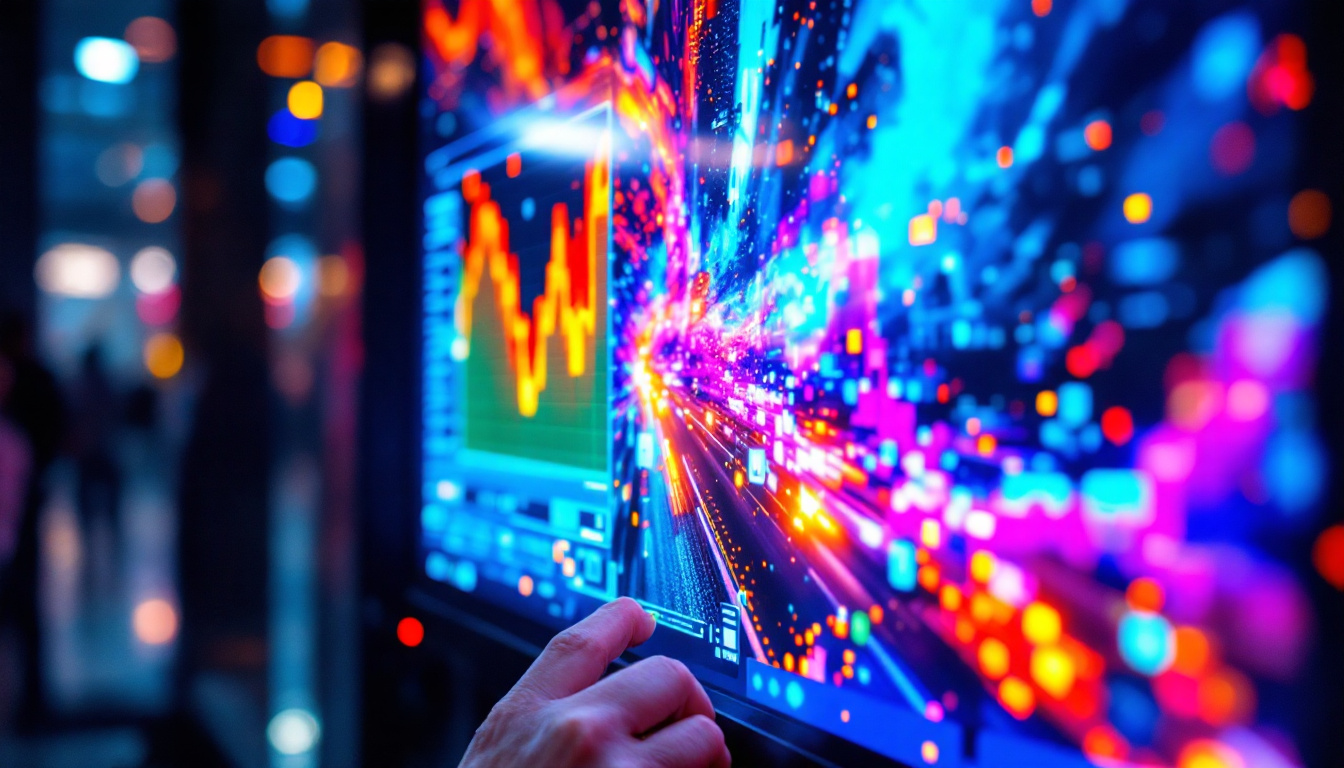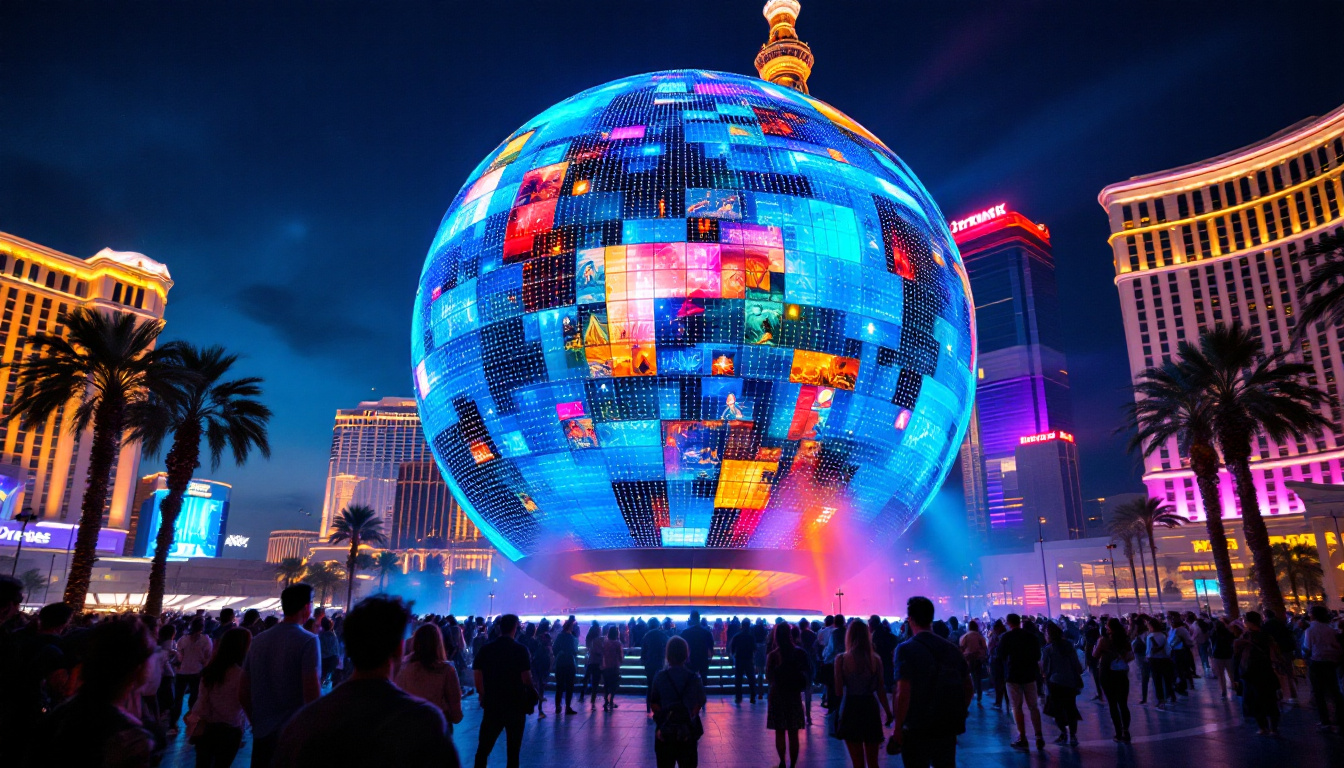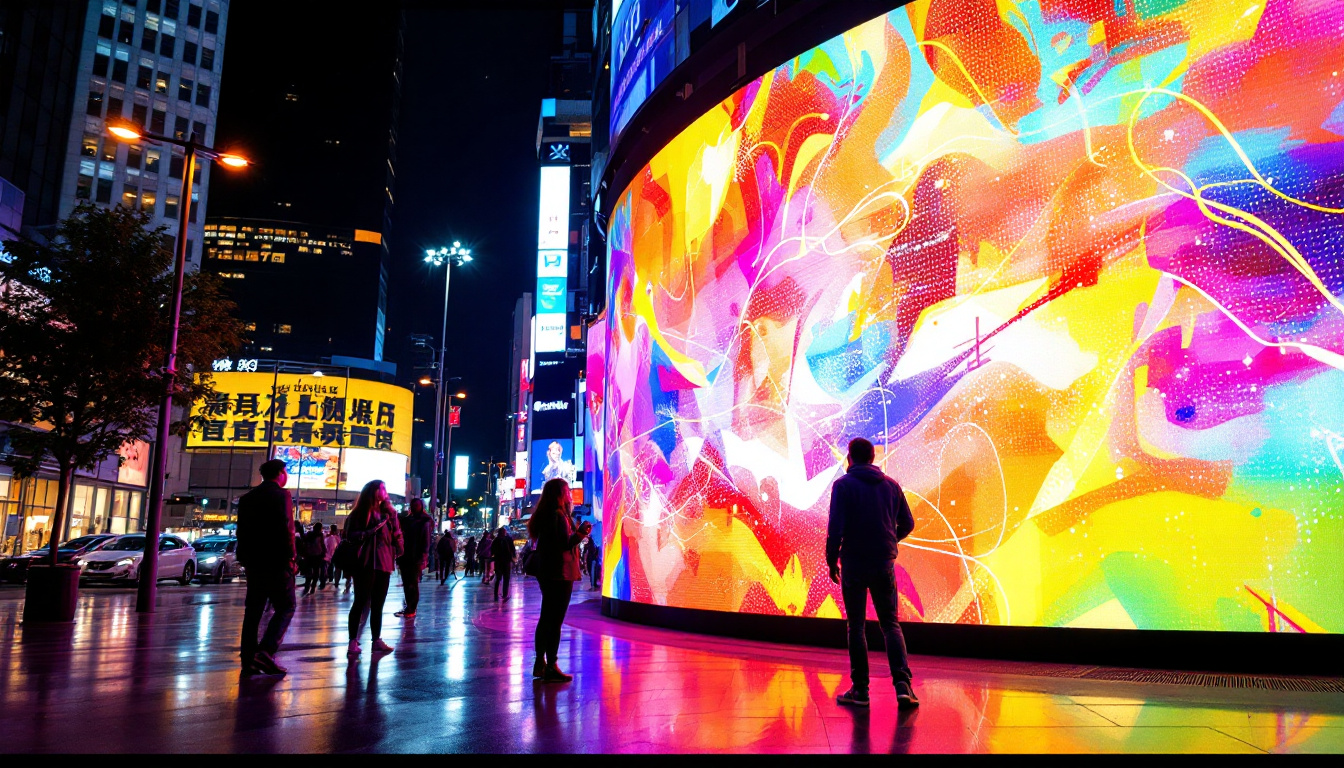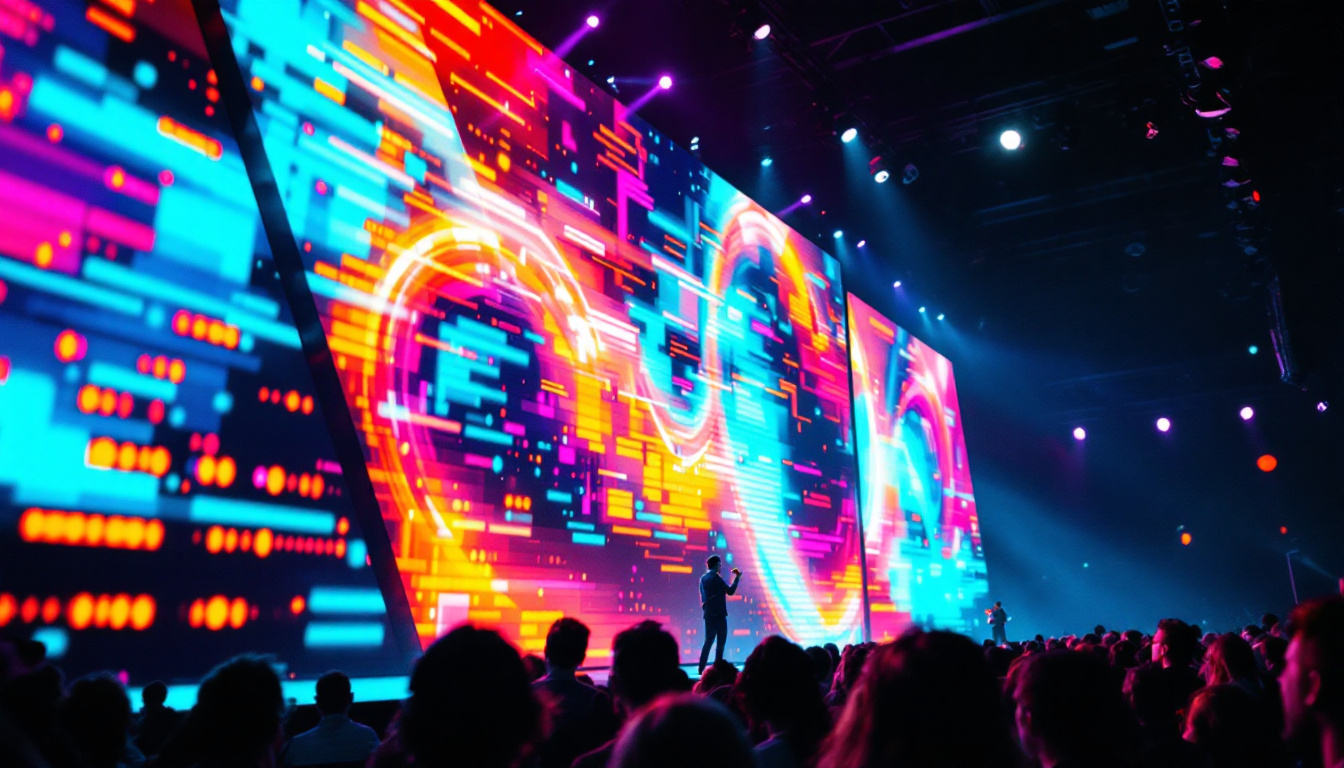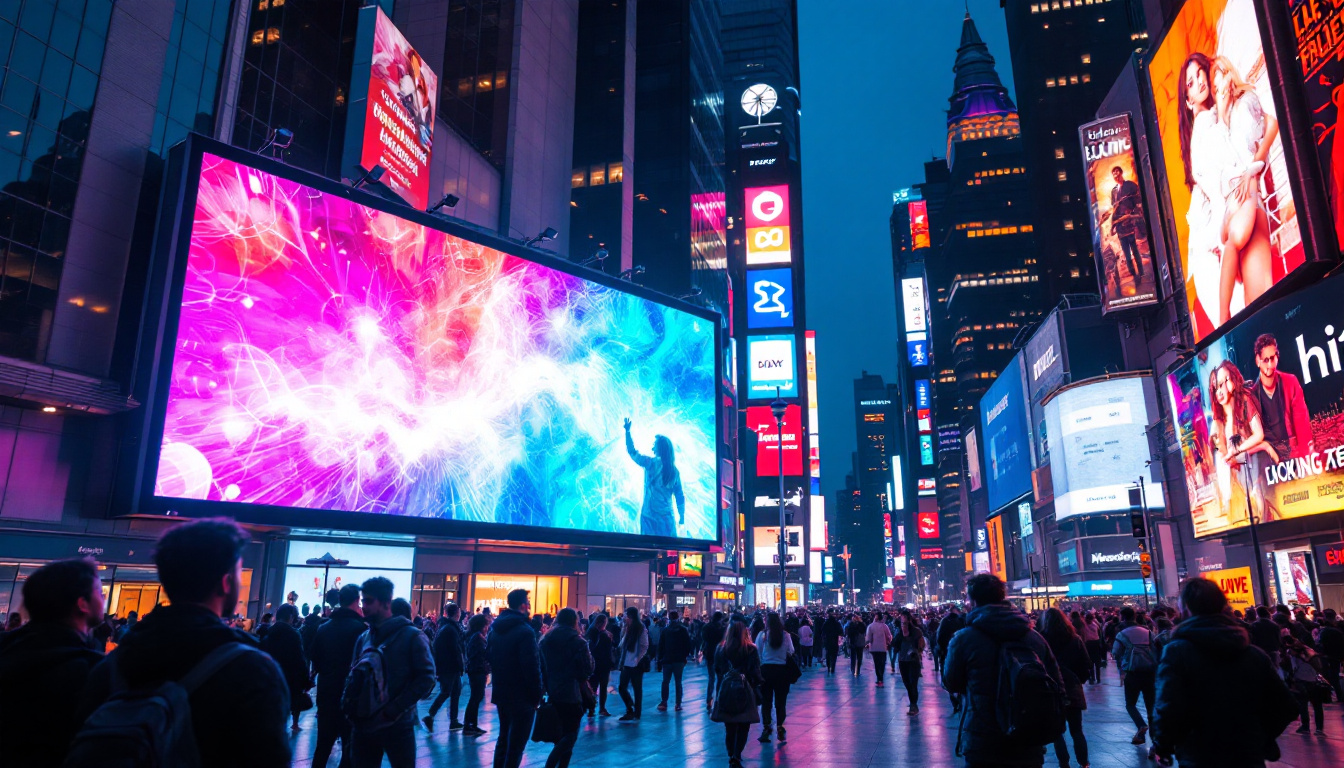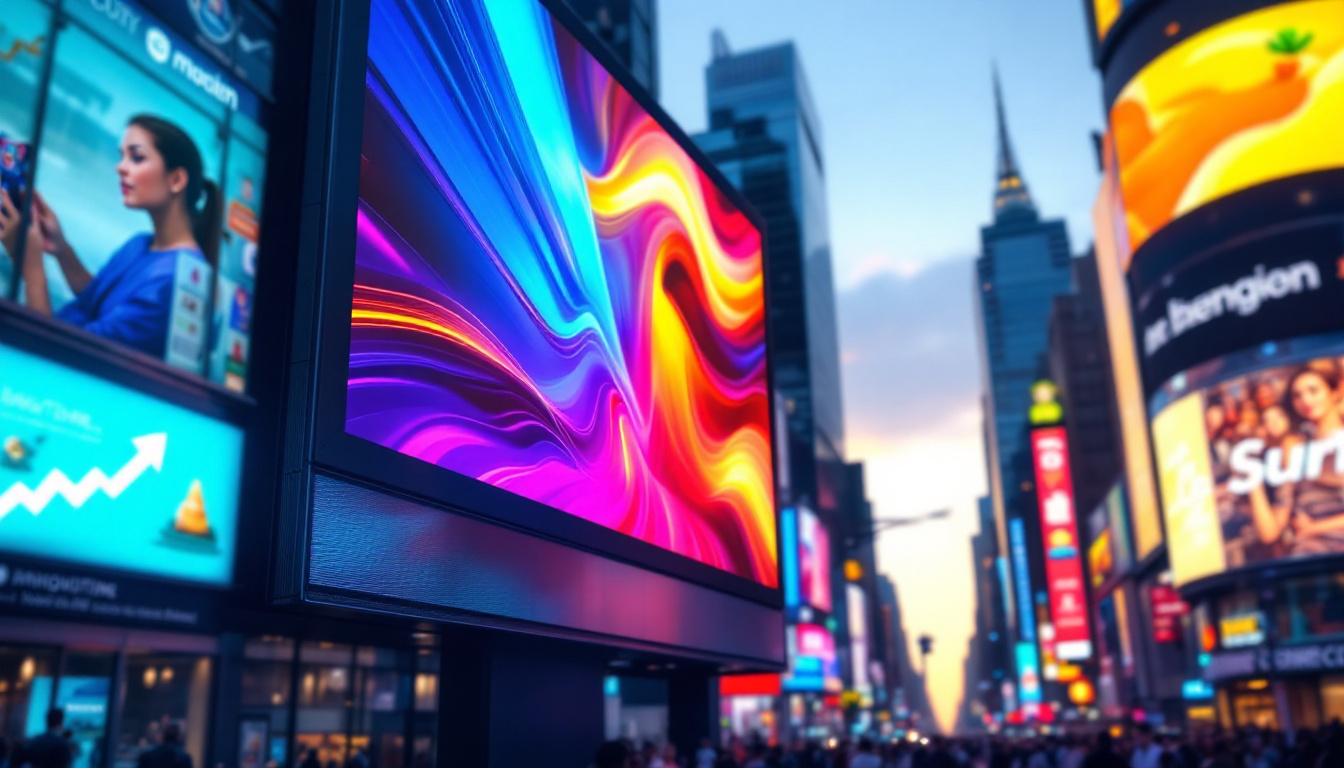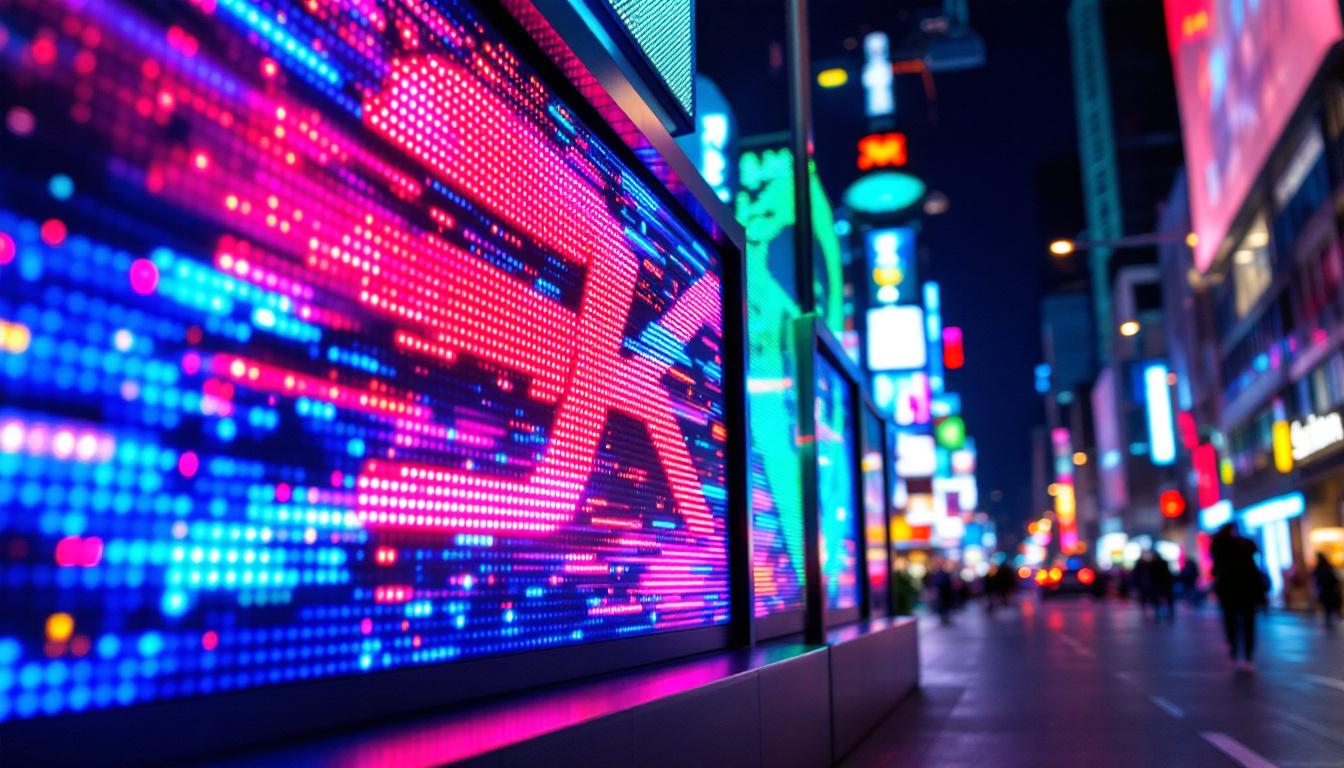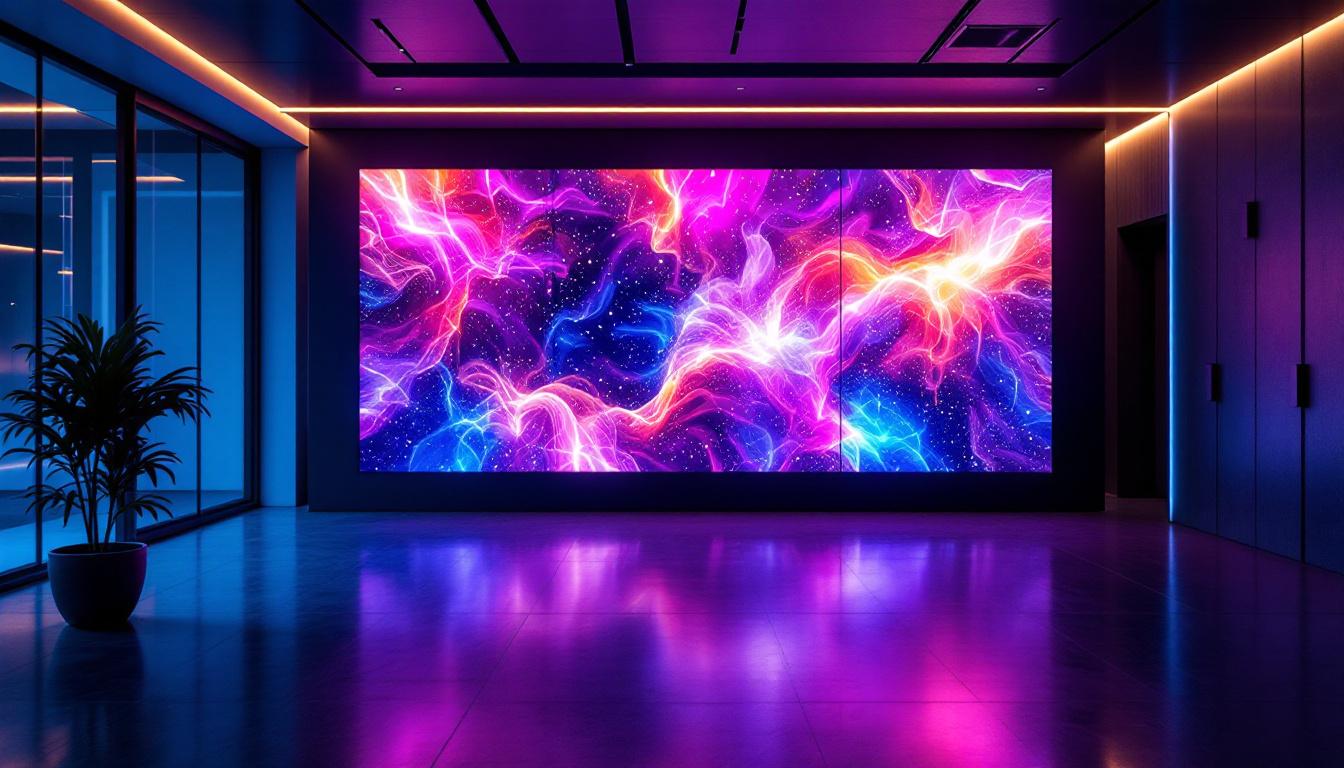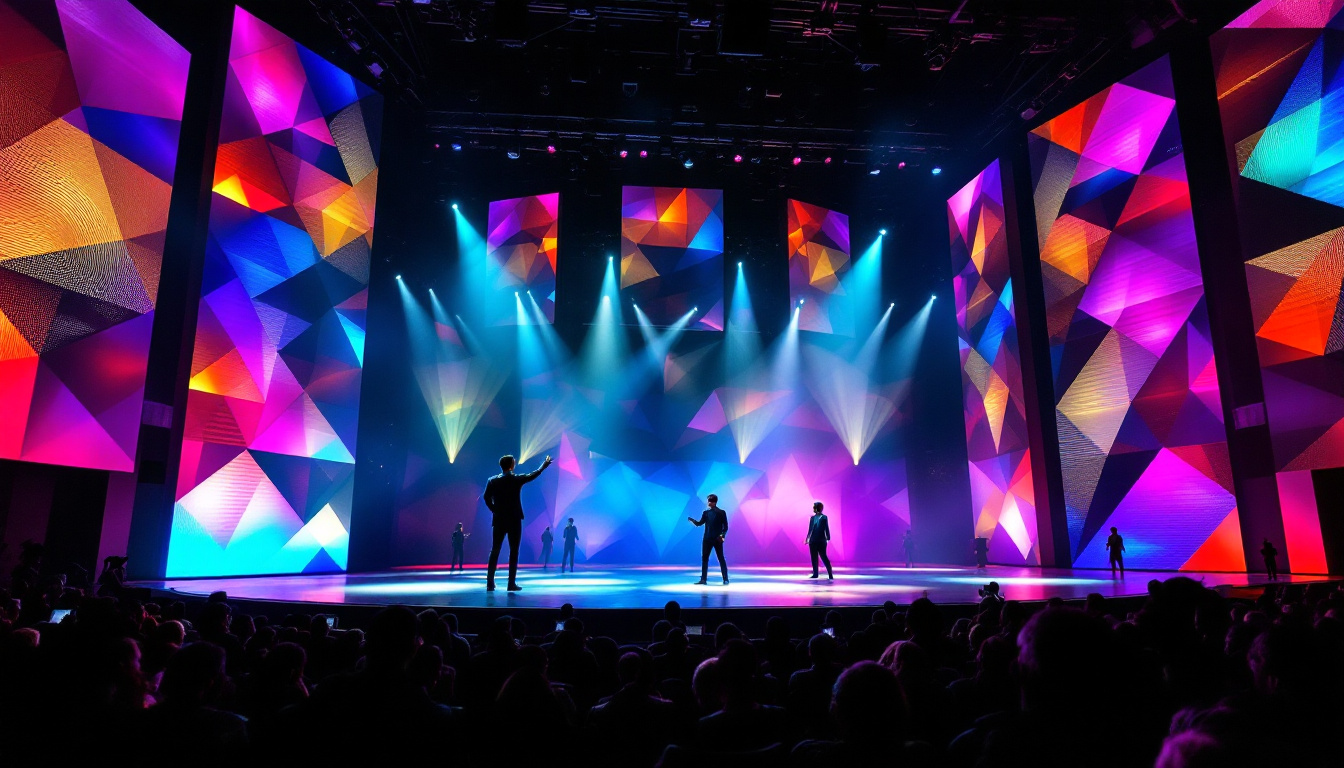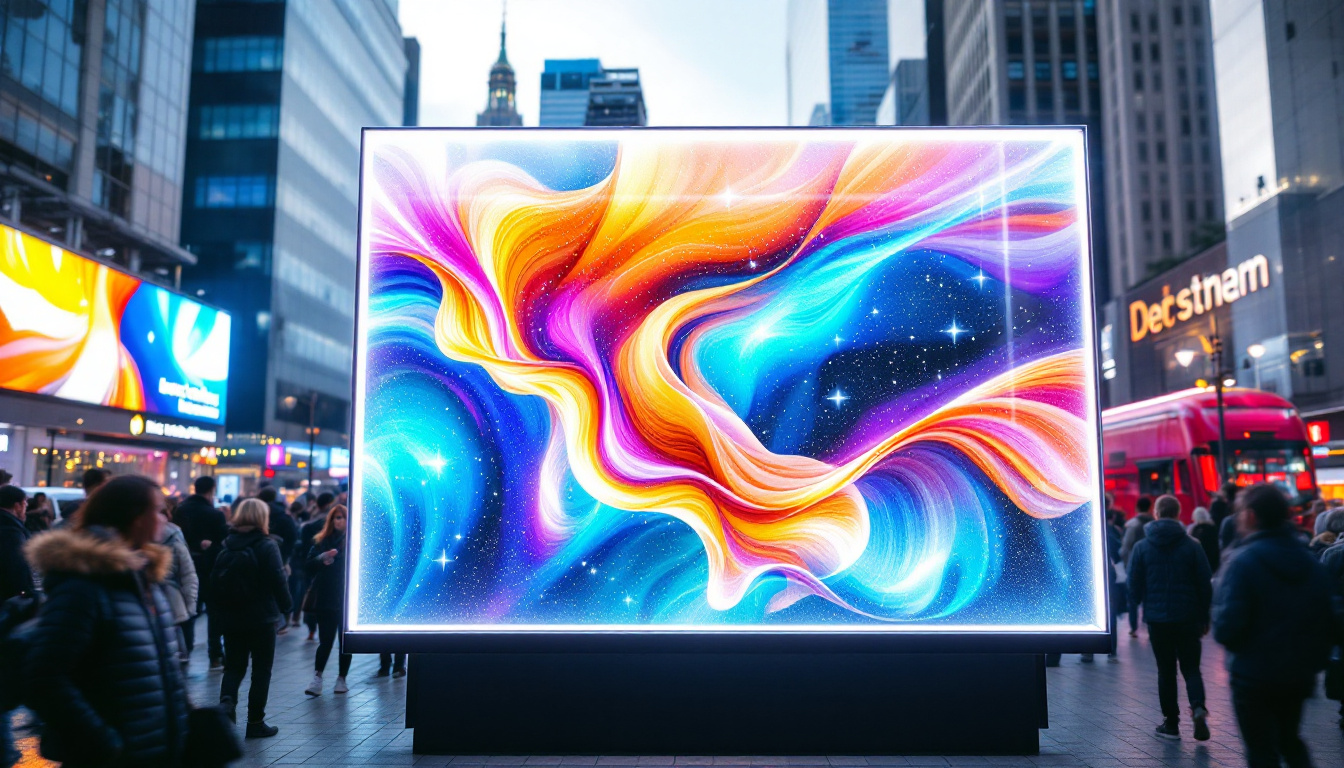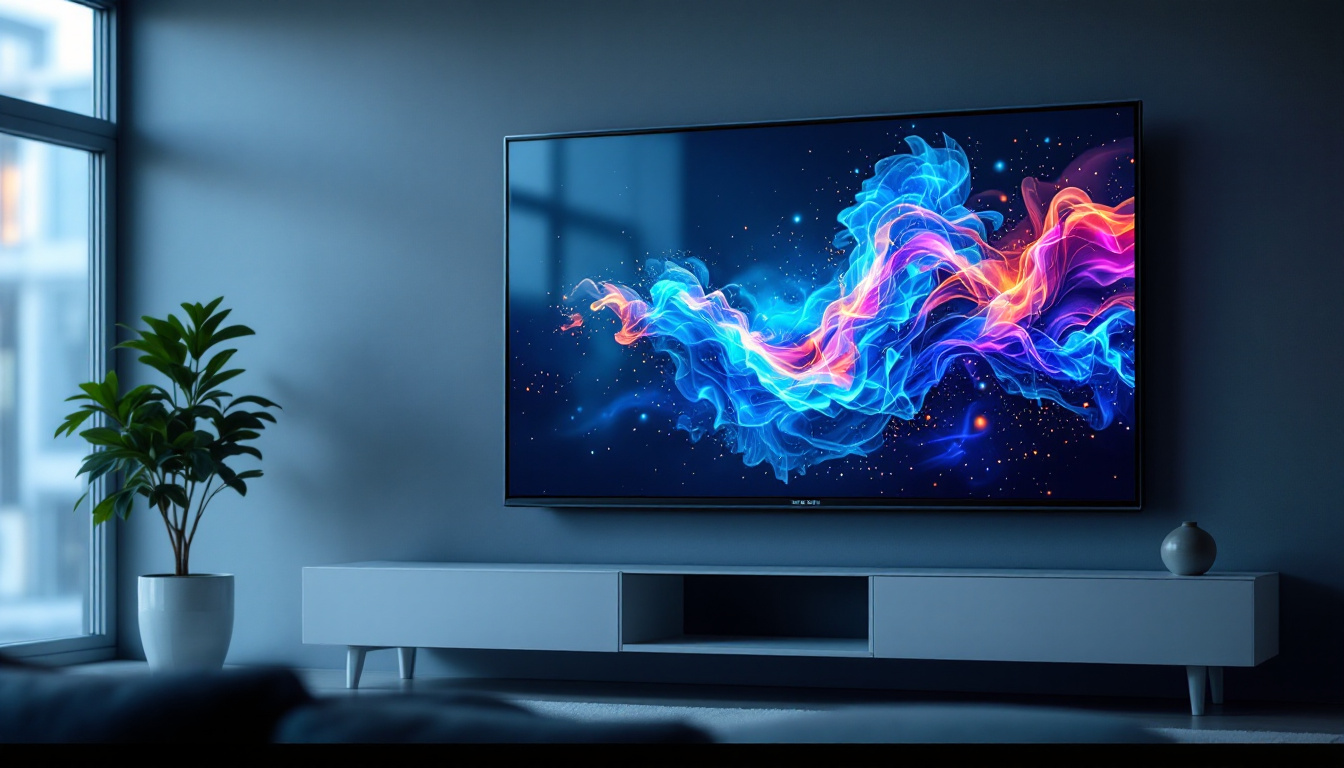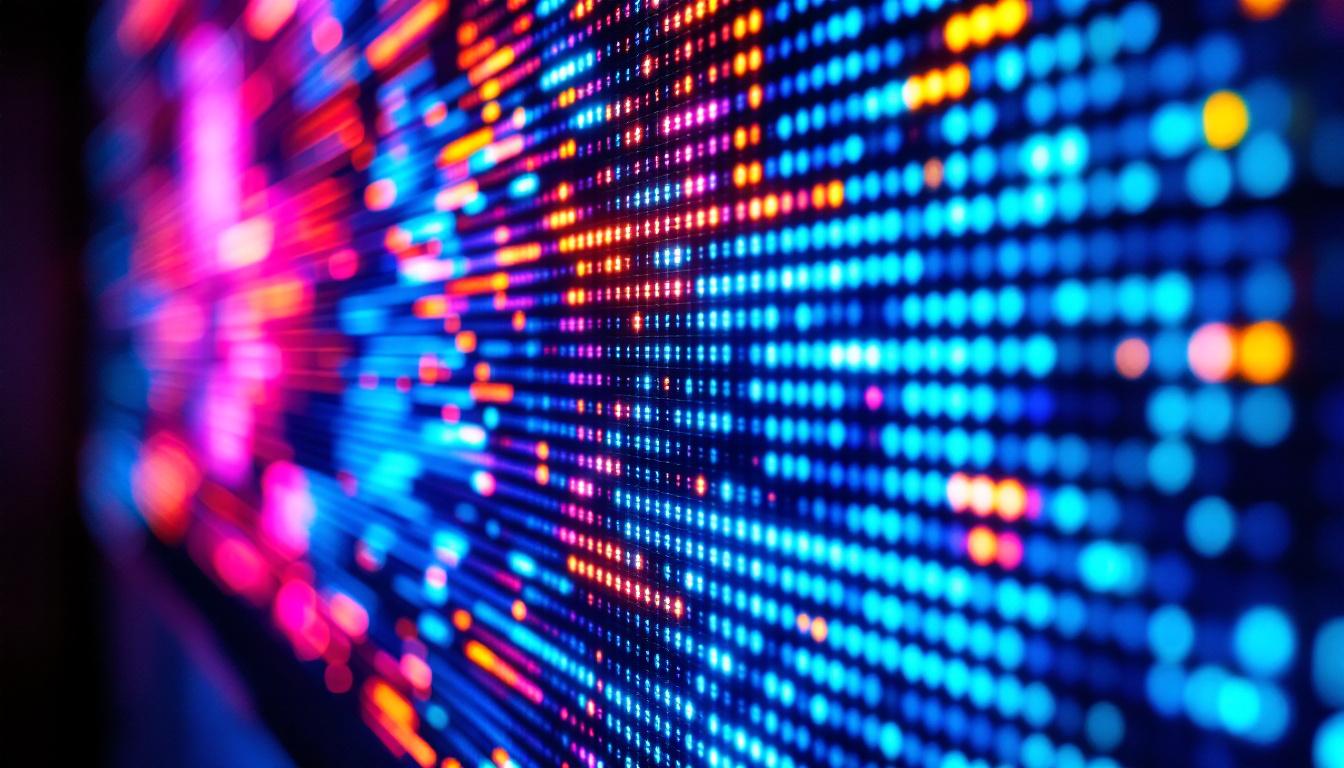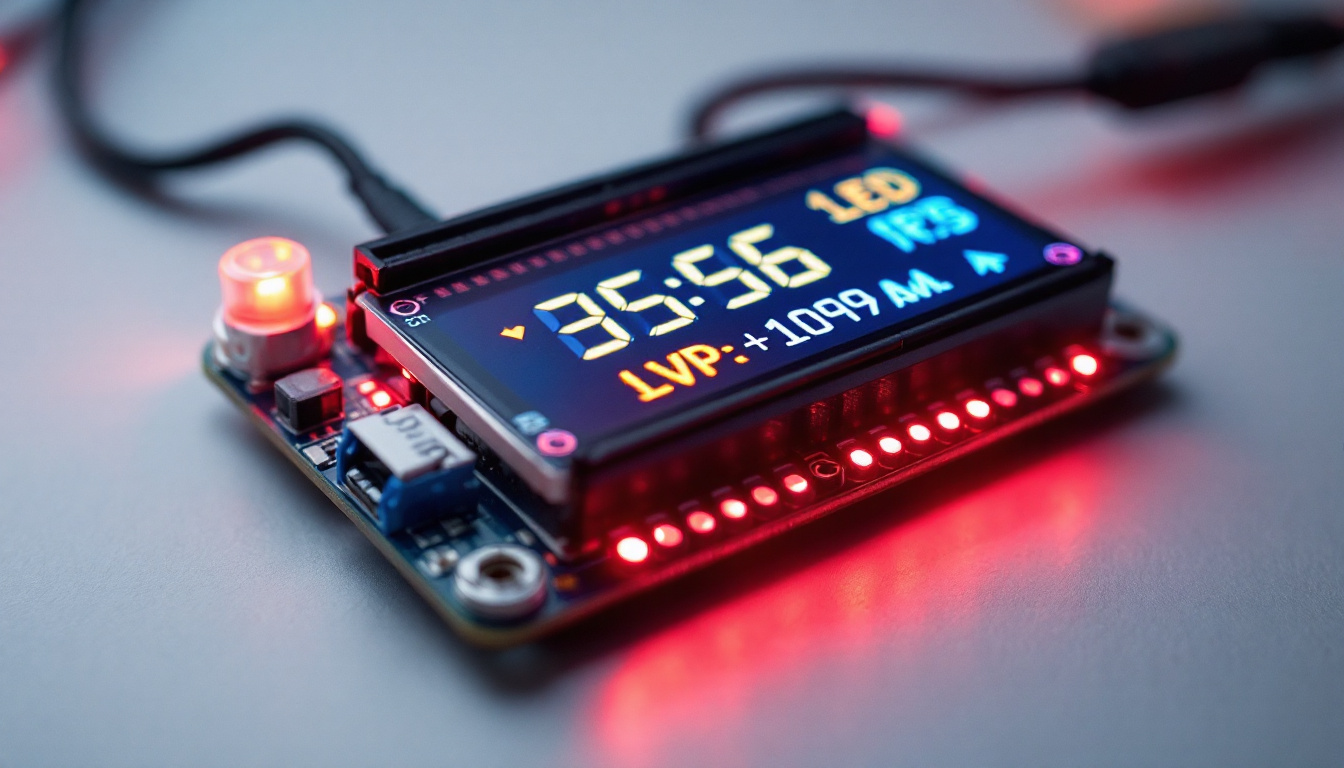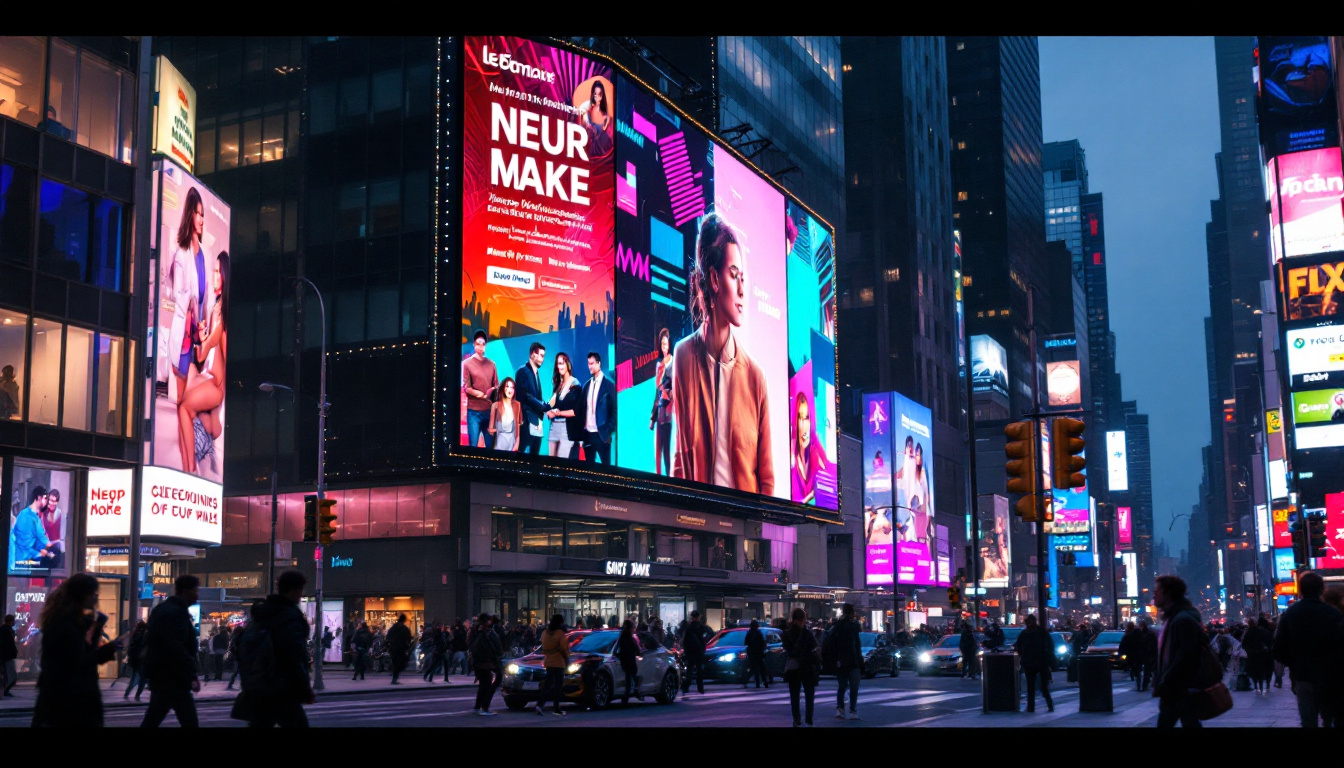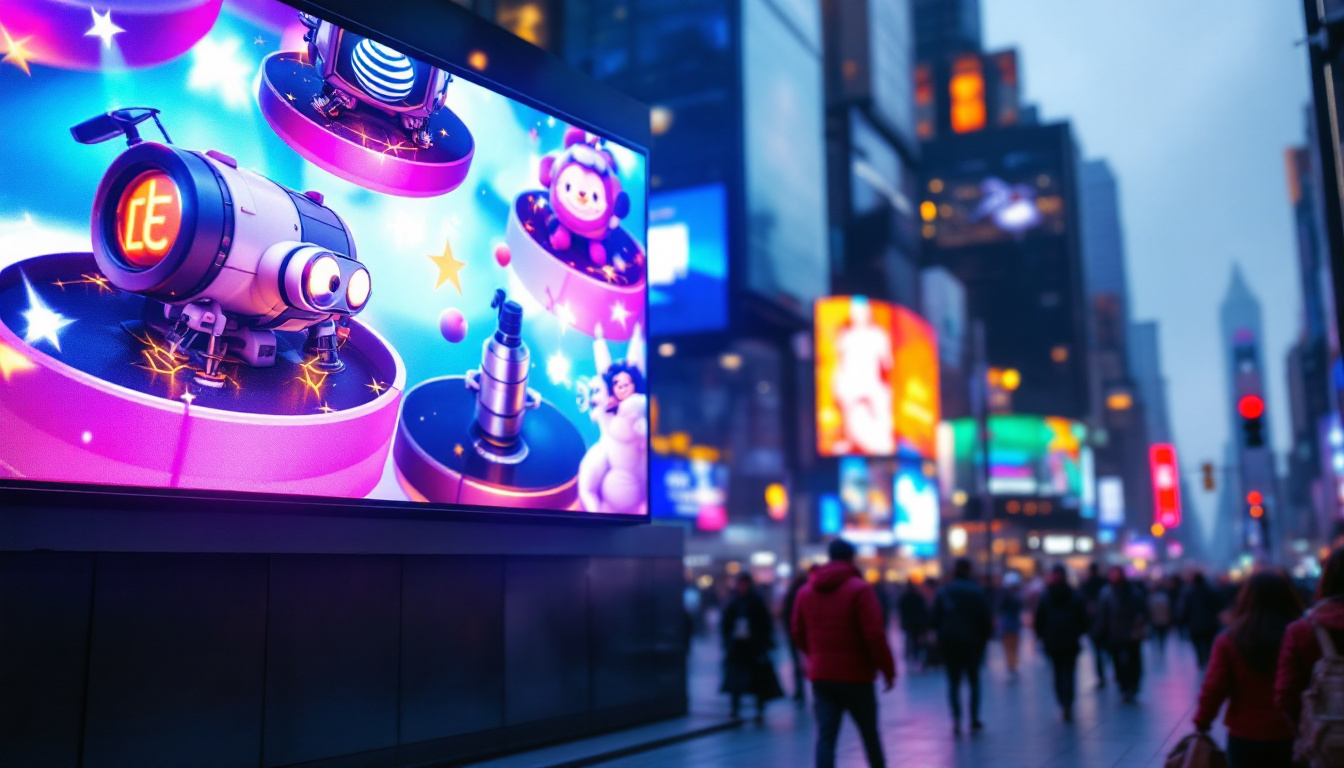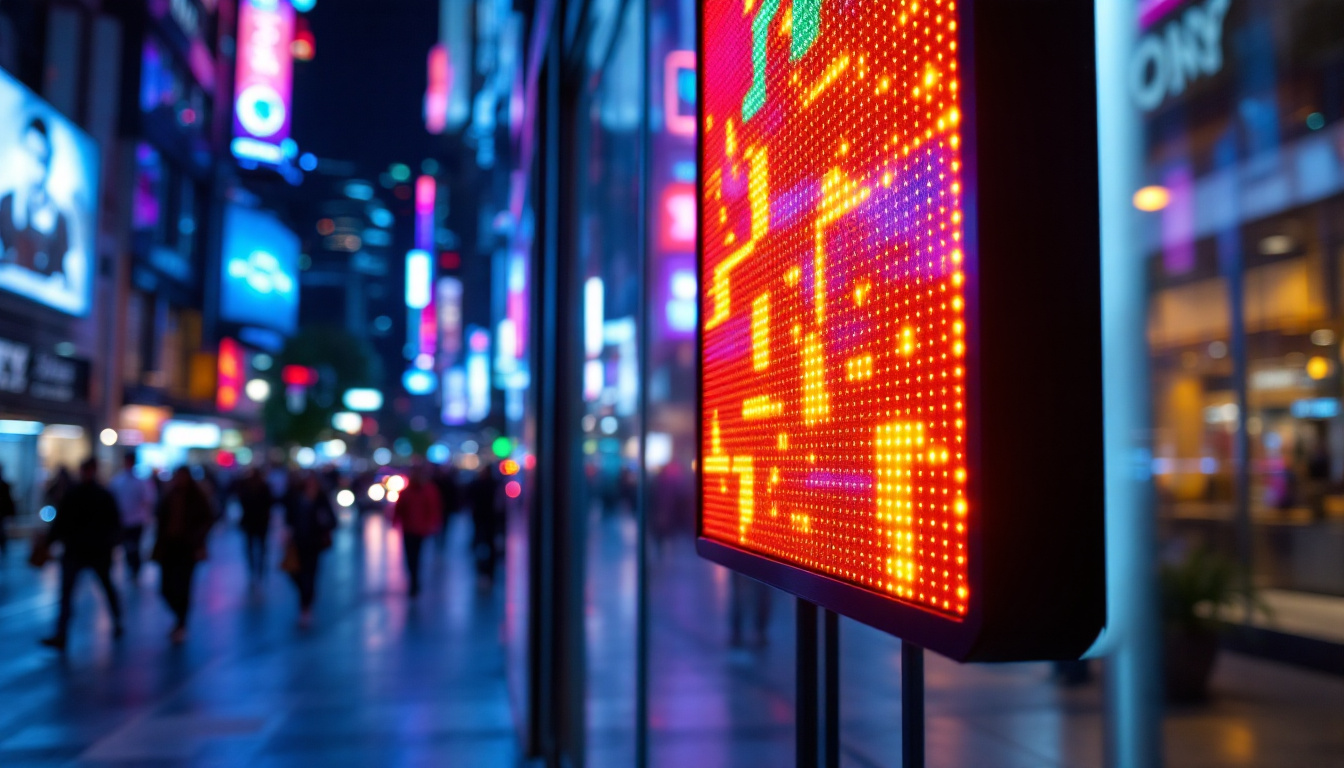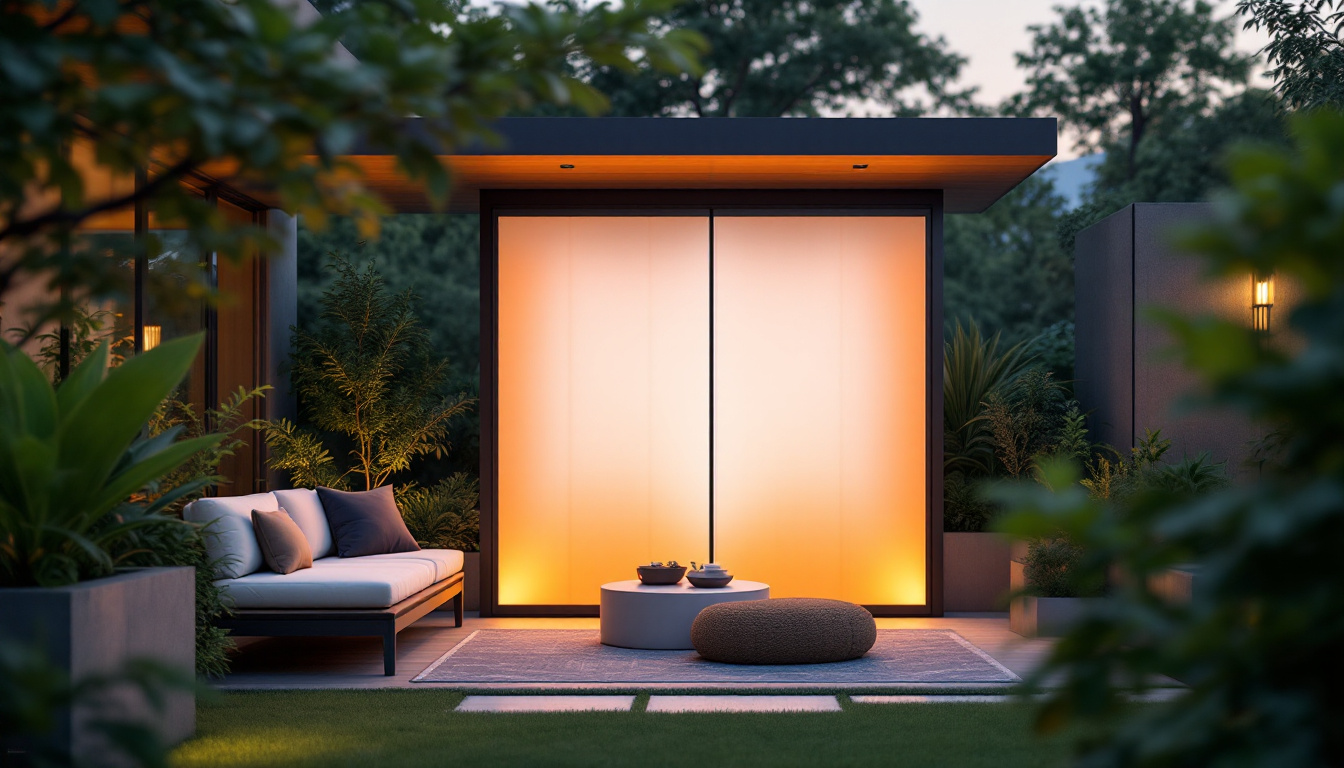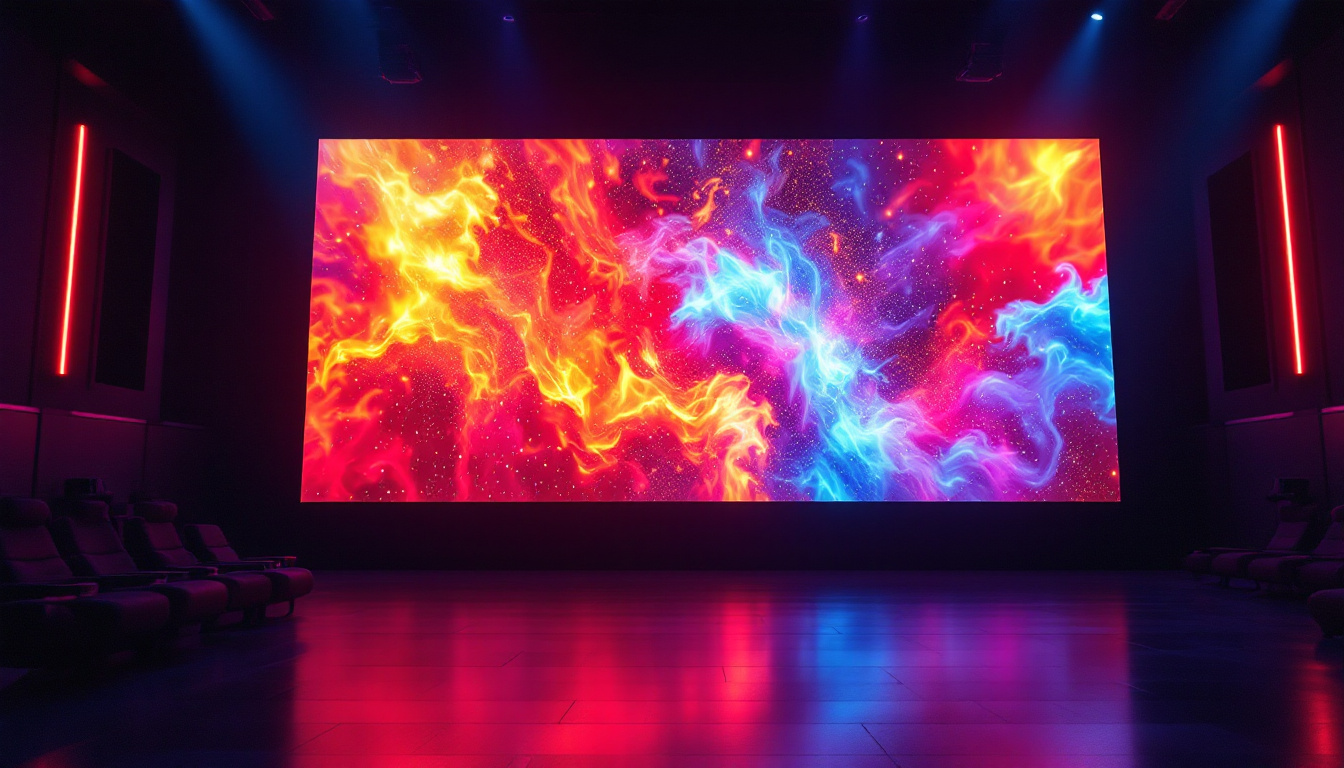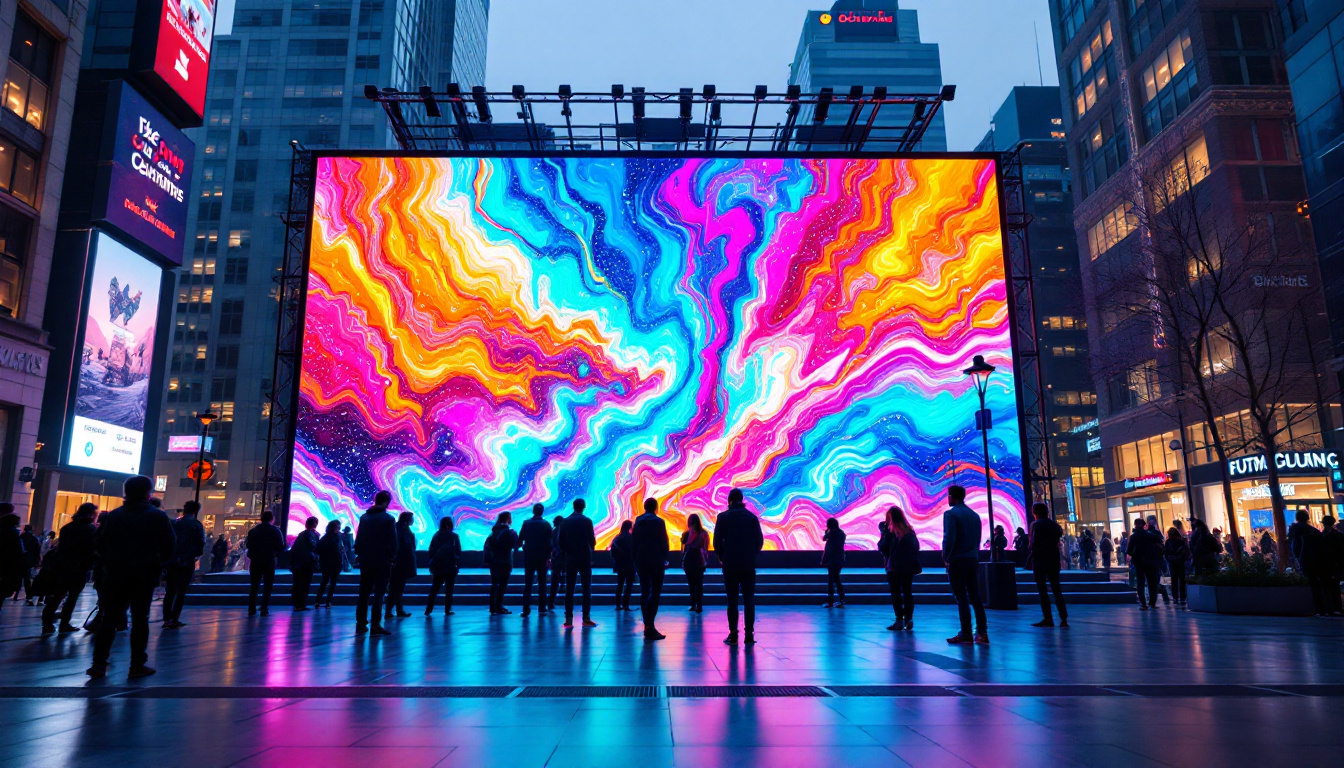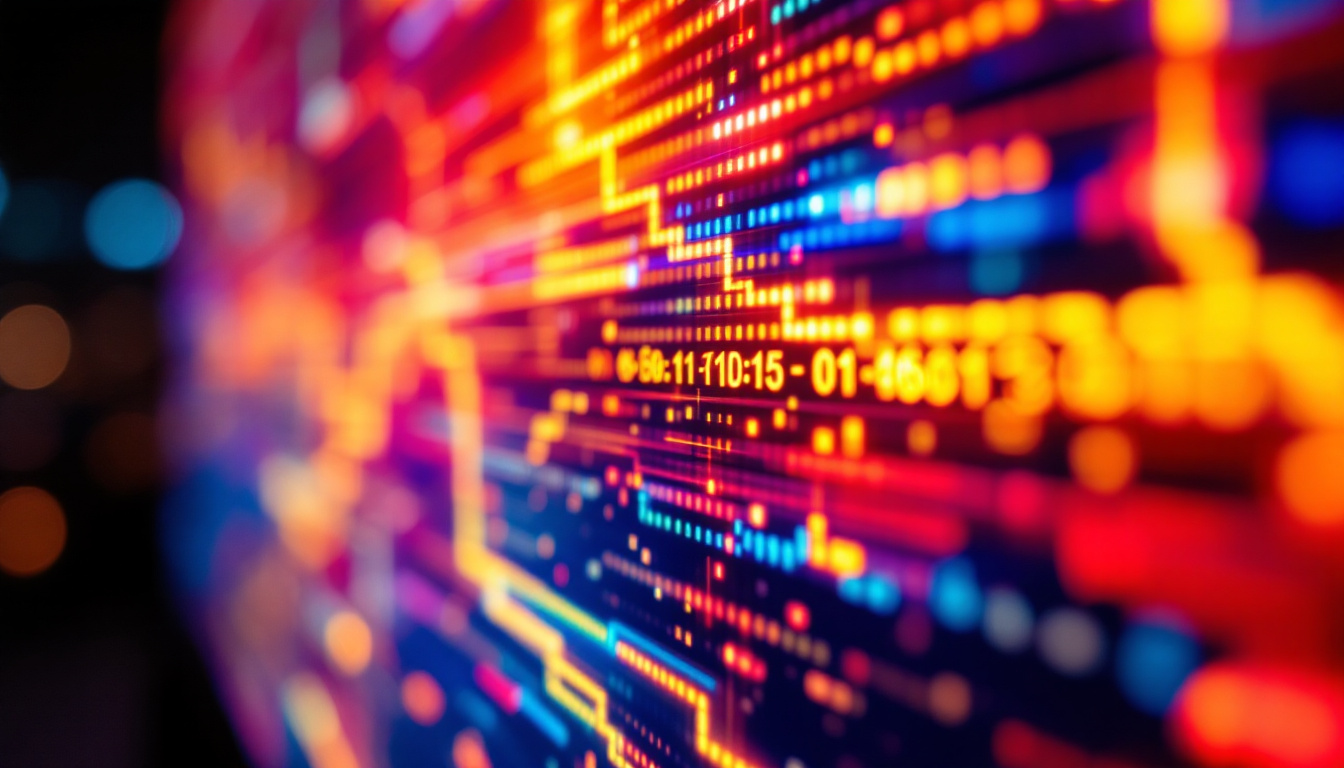What Purpose Does LED Serve: LED Display Explained
Light Emitting Diodes (LEDs) have revolutionized the way we think about lighting and displays. From the screens of our smartphones to the billboards that illuminate our cities, LEDs are everywhere. This article delves into the purpose of LEDs, particularly focusing on LED displays, their technology, applications, and the advantages they offer.
Understanding LED Technology
At the core of LED technology is the principle of electroluminescence, where a semiconductor emits light when an electric current passes through it. This phenomenon is what makes LEDs highly efficient and versatile. Unlike traditional incandescent bulbs, which produce light through heat, LEDs convert a significant portion of energy into light, making them a more sustainable option. The efficiency of LEDs not only contributes to lower energy bills but also reduces the carbon footprint associated with lighting, making them an attractive choice for environmentally conscious consumers.
Furthermore, the longevity of LEDs is another compelling advantage. While incandescent bulbs typically last around 1,000 hours, LEDs can last up to 25,000 hours or more, depending on usage and conditions. This durability means less frequent replacements, which not only saves money but also reduces waste, contributing to a more sustainable future.
The Components of an LED
LEDs consist of several key components: the semiconductor material, the diode, and the encapsulation. The semiconductor material is typically made from compounds like gallium arsenide or gallium phosphide. When electrons move through the semiconductor, they release energy in the form of photons, which is visible light. The specific color of light emitted by an LED is determined by the energy band gap of the semiconductor material used; for instance, different materials can produce red, green, or blue light, which can be combined to create a full spectrum of colors.
The diode itself is a crucial part of the LED. It allows current to flow in one direction, ensuring that the light is emitted efficiently. This unidirectional flow is what makes LEDs inherently more efficient than traditional bulbs, as it minimizes energy loss. Finally, the encapsulation protects the LED from environmental factors and enhances its light output by focusing the emitted light. This protective layer not only improves the LED’s performance but also contributes to its aesthetic appeal, as many encapsulations are designed to diffuse light evenly and reduce glare.
Types of LED Displays
LED displays come in various forms, each tailored for specific applications. The most common types include:
- Direct View LED Displays: These displays use individual LEDs to create images and are often used in large outdoor screens and billboards. Their brightness and visibility in direct sunlight make them ideal for advertising and public announcements.
- LED Backlit Displays: Found in televisions and computer monitors, these displays use LEDs as a backlight for LCD screens, providing better contrast and color accuracy. This technology has revolutionized the way we view images, allowing for thinner screens and improved energy efficiency.
- Organic LED (OLED) Displays: Utilizing organic compounds, OLEDs offer superior color reproduction and flexibility, making them popular in smartphones and high-end televisions. The ability of OLEDs to produce true blacks by turning off individual pixels leads to stunning image quality that is unmatched by traditional displays.
In addition to these common types, there are also specialized LED displays such as transparent LEDs, which are used in retail environments to create eye-catching displays without obstructing views. Another emerging technology is MicroLED, which promises even higher resolutions and efficiency by using microscopic LEDs to create images. As LED technology continues to evolve, the possibilities for innovative applications seem limitless, paving the way for smarter and more energy-efficient lighting solutions in our daily lives.
Applications of LED Displays
LED displays have found their place in numerous sectors, thanks to their versatility and efficiency. From advertising to entertainment, the applications are varied and impactful.
Advertising and Marketing
One of the most significant applications of LED displays is in advertising. digital billboards and signage can display dynamic content, attracting attention in ways that static signs cannot. Advertisers can change messages in real-time, allowing for targeted campaigns based on time of day or audience demographics.
Moreover, the brightness and clarity of LED displays ensure that advertisements are visible even in bright sunlight, making them ideal for outdoor settings. This adaptability has made LED displays a staple in modern marketing strategies.
Entertainment and Events
In the entertainment industry, LED displays are ubiquitous. Concerts, festivals, and sporting events often feature large LED screens that provide audiences with a clear view of performances and scores. These displays enhance the overall experience, creating an immersive environment that captivates attendees.
Additionally, LED technology has enabled the creation of stunning visual effects, transforming stages into dynamic canvases that can change in real-time. This capability has opened new avenues for artistic expression and audience engagement.
Transportation and Safety
LED displays play a critical role in transportation, providing essential information to travelers. From airport flight information screens to highway message boards, LEDs convey real-time updates that are crucial for safety and efficiency.
Moreover, LED traffic signals and pedestrian crossing lights enhance road safety. Their visibility and quick response times significantly reduce the likelihood of accidents, making them an essential component of modern traffic management systems.
Advantages of LED Displays
The rise of LED technology is not without reason. The advantages of LED displays are numerous, contributing to their widespread adoption across various industries.
Energy Efficiency
One of the most compelling benefits of LED displays is their energy efficiency. LEDs consume significantly less power compared to traditional lighting technologies. This not only reduces electricity costs but also minimizes the carbon footprint associated with energy consumption.
In an era where sustainability is paramount, the energy-efficient nature of LEDs aligns with global efforts to combat climate change. Businesses and consumers alike are increasingly prioritizing energy-saving solutions, making LED displays a smart choice.
Longevity and Durability
LED displays are known for their longevity. With a lifespan that can exceed 50,000 hours, they outlast traditional bulbs and screens by a considerable margin. This durability translates to lower maintenance costs and reduced waste, as fewer replacements are needed over time.
Additionally, LEDs are more resistant to shocks and vibrations, making them ideal for outdoor use and in environments where traditional displays might fail. This resilience ensures that LED displays maintain their performance and visual quality even under challenging conditions.
High-Quality Visuals
LED displays are renowned for their exceptional visual quality. They offer vibrant colors, high contrast ratios, and excellent brightness levels, ensuring that content is displayed clearly and attractively. This quality is particularly important in applications where visual impact is crucial, such as advertising and entertainment.
Furthermore, advancements in LED technology have led to improvements in pixel density, allowing for higher resolution displays. This capability enhances the viewing experience, making LED displays suitable for a wide range of applications, from small screens to massive outdoor installations.
Future Trends in LED Display Technology
The LED display industry is continually evolving, with new trends and technologies emerging that promise to enhance functionality and user experience. As demand for innovative solutions grows, several key trends are shaping the future of LED displays.
Smart LED Displays
As the Internet of Things (IoT) continues to expand, smart LED displays are becoming increasingly prevalent. These displays can connect to the internet, allowing for remote management and real-time updates. This connectivity enables businesses to adapt their messaging quickly and efficiently, responding to changing circumstances or audience needs.
Moreover, smart LED displays can integrate with other technologies, such as sensors and analytics tools, providing valuable insights into viewer engagement and behavior. This data-driven approach enhances marketing strategies and improves overall effectiveness.
Flexible and Transparent Displays
Innovations in materials and manufacturing processes have led to the development of flexible and transparent LED displays. These displays can be shaped to fit various surfaces, opening up new possibilities for creative installations in architecture and interior design.
Transparent displays, in particular, offer exciting potential for retail environments, allowing products to be showcased while simultaneously displaying digital content. This blend of functionality and aesthetics is likely to redefine how brands interact with consumers.
Improved Sustainability
As sustainability becomes a focal point for many industries, LED display manufacturers are exploring eco-friendly materials and production methods. Efforts to reduce the environmental impact of LED displays include using recyclable materials and minimizing energy consumption during manufacturing.
Additionally, advancements in energy-efficient technologies will continue to enhance the sustainability of LED displays, ensuring they remain a responsible choice for businesses and consumers alike.
Conclusion
LED displays serve a multitude of purposes across various sectors, driven by their efficiency, versatility, and superior visual quality. From advertising to entertainment and transportation, the applications of LED technology are vast and impactful.
As the industry continues to evolve, embracing trends such as smart technology, flexibility, and sustainability, the future of LED displays looks promising. With their ability to adapt to changing needs and environments, LEDs are poised to remain a cornerstone of modern visual communication.
In a world where effective communication and engagement are paramount, understanding the purpose and potential of LED displays is essential for businesses and consumers alike. The journey of LED technology is far from over, and its impact on our lives will only grow in the years to come.
Discover the Future of Visual Communication with LumenMatrix
Ready to elevate your visual engagement? LumenMatrix is at the forefront of LED display innovation, offering a diverse range of solutions that bring your brand to life. Whether you’re seeking dynamic Indoor LED Wall Displays, vibrant Outdoor LED Wall Displays, mobile Vehicle LED Displays, sleek LED Poster Displays, immersive LED Sports Displays, interactive Floor LED Displays, or Custom LED solutions tailored to your unique needs, LumenMatrix has you covered. Experience the pinnacle of digital signage and captivate your audience like never before. Check out LumenMatrix LED Display Solutions today and join the visual revolution.

